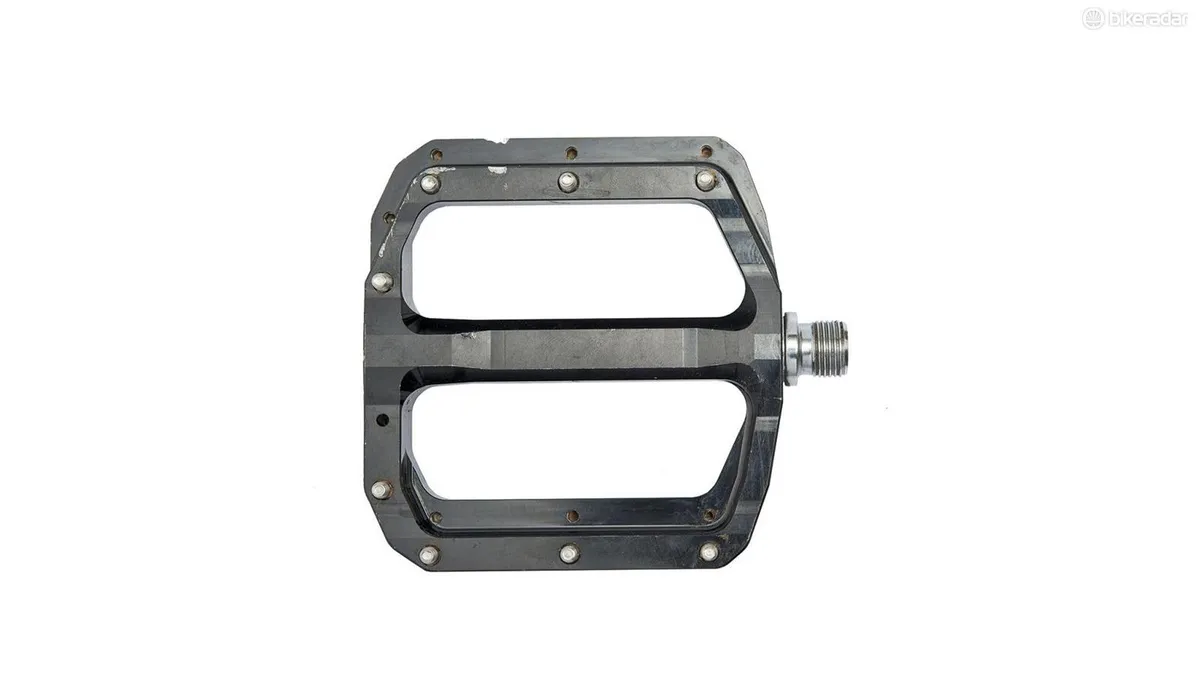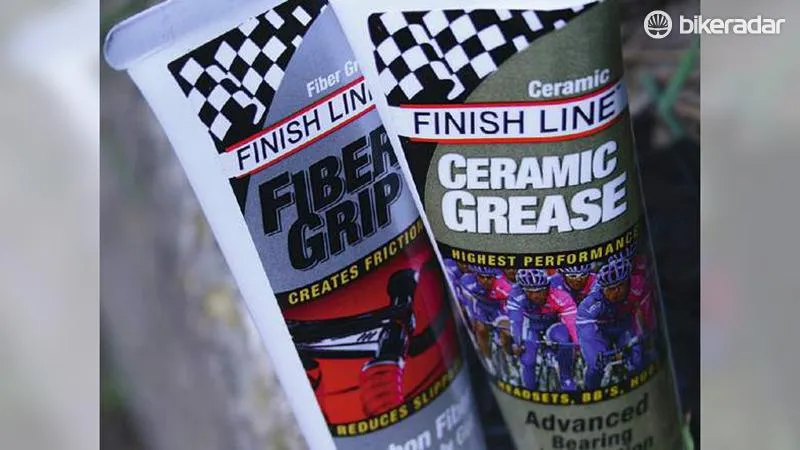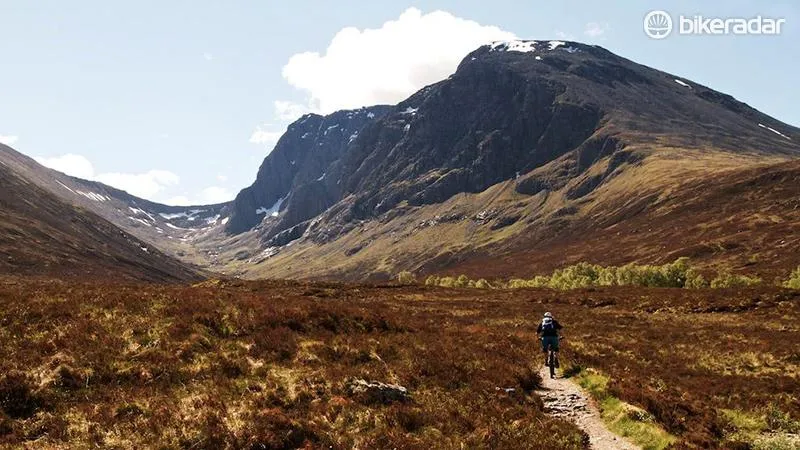Flashy carbon parts, fancy forks, superlight wheels… we all crave them. But while they’re lovely, it’s not just the headline stuff that can transform your riding. Some surprisingly simple, easily overlooked or often-dismissed things can really make a difference. Things like…
1. Waterproof shorts and windproof T-shirts
Neither idea seems to make sense. If you want dry legs, why aren’t you wearing trousers? And if it’s cold enough for windproofing, why would you wear a T-shirt?
Good questions, but if you live somewhere that rarely drops far below 0ºC, there are good answers.
The problem with cycling trousers — especially waterproof ones — is they can act like guttering, funnelling water running straight into your shoes for that truly squishy, just-walked-through-a-river feeling.
You can get away with a looser cuff on the left (if you don’t mind the rhythmic swishing of dirty fabric polishing the paint off your cranks), but on the right, loose material snags on the chainrings.
Shorts ironically keep your feet drier and warmer, but are otherwise too cold and wet… unless you go for three-quarter-length ones that cover your knees. You only need a waterproof rear panel to feel massively warmer and more comfy — the rest can be water-repellent, quick-drying and breathable. Combined with tall, warm socks, waterproof shorts can soundly beat full-length trousers at their own game.

Windproofing, meanwhile, is underrated. It makes summer-weight gloves usable in autumn, and — as chest and shoulder panels in a base layer — makes autumnal gear usable in winter. Why do you want that? Because fabric jerseys and jackets are far, far more breathable and flexible than full-on thermals or waterproofs.
It also cuts bulk. If none of your layers are windproof, you need more of them to stay warm. Not only is that more restrictive, but it creates larger temperature swings as you go from climbing to descending, or from shelter to exposure. That in turn means more sweat and more reliance on your layers’ ability to wick and breathe.
If it’s cold, windy and damp, even a thin windproof baselayer tee outperforms a thick regular one for warmth. Give it a go.
2. Steel pedal washers
Pedal washers are easy to ignore. Why fiddle about and add extra weight to your expensive cranks? Because even properly tightened pedals can damage aluminium threads, that’s why.
Aluminium is way softer than steel, and even tiny differences in thread depth can leave enough room for a pedal to squash into the crank face, allowing the axle to droop and tearing the soft threads. Not much — not enough to stop you getting the same pedals back in — but enough to stop you ever getting a different set in. I’ve personally had this with two sets of Shimano XT cranks… both on hardtails, where they were admittedly taking a pounding.
I fixed them by panicking, then carefully chasing the threads out with pedal taps and never forgetting to install hard, load-spreading steel washers again.

3. Expensive tyres
Your tyres don’t need to be expensive as such — it’s just that good ones tend to cost. Can’t see the sense in spending £100/$150 on something that’s just going to wear out anyway? Think they’re all just black and round? Then get ready to spend the difference on broken parts, smashed helmets, torn packs and ripped clothing. And if you’re working in American dollars, free from the distant dream of being able to see a doctor just because you need to, look forward to spending it on healthcare. U-S-A!
Tyres are — or should be — your only contact with the ground. Fit the best you can.
4. A workstand
Workstands seem totally unnecessary… until you use one. Working upright, being able to spin the cranks/wheels at will, and never having the bike slide/roll/topple away again are huge luxuries.
While you’re at it, leave the multitool for emergencies and invest in a set of T-handle hex keys, some cable snips, a pair of quality screwdrivers and a steel ruler. You can do most things just with these, and not only will you rapidly recoup the costs by not paying a bike shop to do everything, you’ll find yourself actually enjoying maintenance. And prevention isn’t just better than cure — it’s cheaper as well.
5. Proper grease
That can of 2-in-1 oil is thin and what doesn’t gum up will run away, while WD-40 is actually a water dispersant. No matter how lovely it smells, its job is to dry things out. You’ll notice that’s the exact opposite of lubricating them.

What you need is grease. The right grease improves your bike’s performance, lifespan and resistance to inconvenient failures. It can also stop the bike creaking (even if you still do).
But what’s the right grease? There’s a bewildering array. If you’re repacking loose bearings, then the viscosity and amount is critical — too thick or too much creates drag, too thin or too little doesn’t last — but if you’re not, relax. Modern bikes almost exclusively use sealed bearings instead of loose balls, so you’re unlikely to need to worry about viscosity, temperature ranges and the rest. Sealed bearings hold their own grease behind weatherproof seals, and are replaced as a unit.
What you need is white grease. Truth is, you’re not lubricating so much as providing a barrier against corrosion. Galvanic corrosion sees dissimilar metals corrode just by being next to each other, slowly welding aluminium and steel together, for instance — bad news for seatposts, bolts, pedal threads and bottom-bracket threads. A coating of white grease on threads and mating surfaces keeps out much of the oxygen and water that corrosion needs.
Why white grease? It doesn’t harden, drip, stain or easily wash away with splashing. Perfect.

Note that threadlock works well for critical bolts — it stops them loosening and provides a barrier at same time — and that titanium and carbon need their own special stuff (copper grease and a carbon-specific friction paste, respectively).
Protecting your bike’s various threads and bearings only makes riding — and maintenance — smoother, faster and more fun. As does being warmer, drier and more comfy. And if you don’t want to be a super-powered stealth-ninja freakout that rides faster, further and more frequently, for reasons no-one else can quite identify, well… why not?
